Few people can forget the car chase scenes with Steve McQueen flying over the hills of San Francisco driving a highland green 2-door Mustang Fastback in the classic film, Bullitt.
However, a modern interpretation of the classic Mustang, known only to a few enthusiasts is, quite possibly, the greatest muscle car ever.
The Equus Bass 770 with its sleek lines and gradually sloping fastback looks a lot like Steve McQueen’s Bullitt car, but that is where the similarities end. The Equus combines classic elements of the original muscle car, but with modern features.
The muscle car gets its peculiar name from the origins of the modern horse, the Equus caballus, a great land runner that began evolving over 18 million years ago. The automobile version took much less time to evolve.
Based out of Detroit, Equus Automotive spent six years designing and developing the Bass 770 before introducing the first model in 2014.
Ford Mustang Fastback Styling
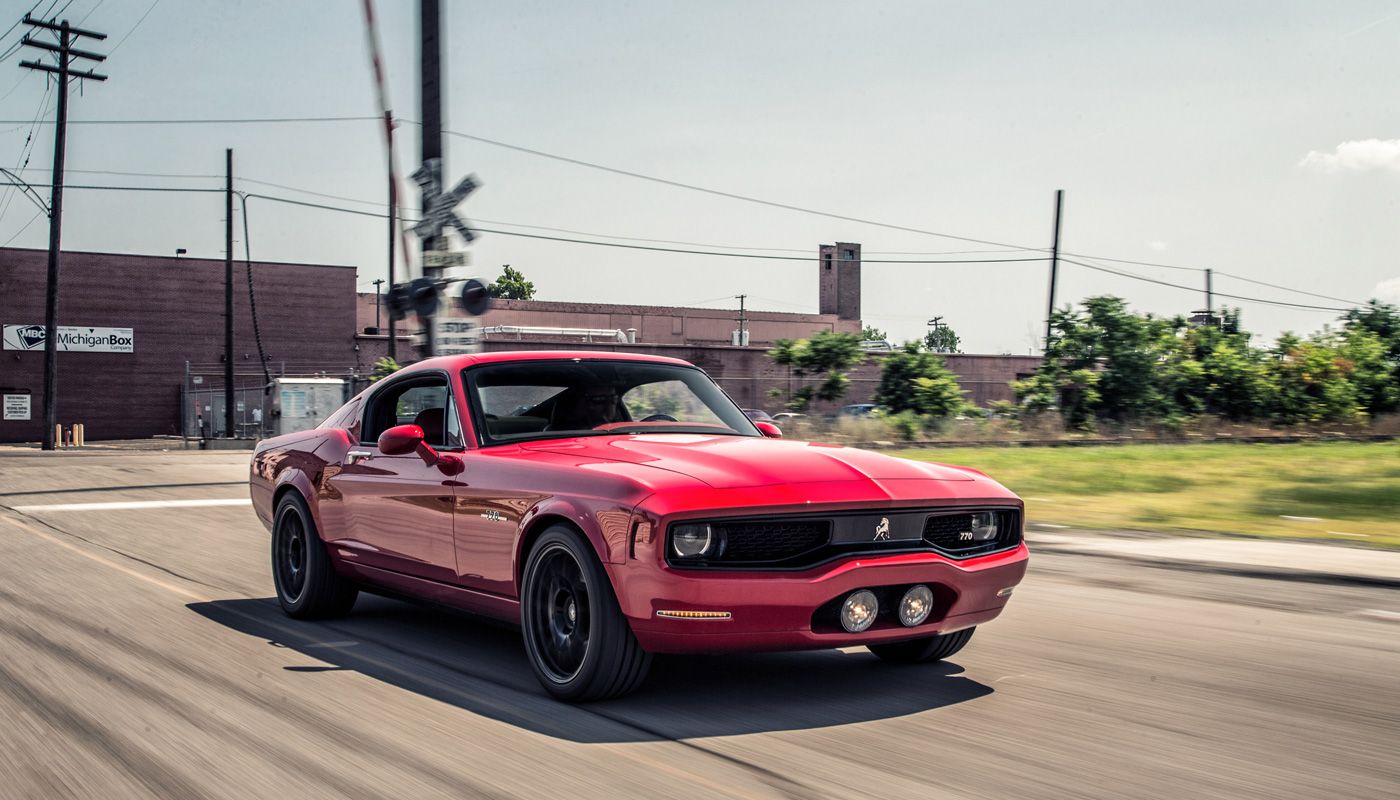
Via: equus-automotive.com
At the 2014 Detroit auto show, Equus Automotive was received as just another Detroit startup car company introducing the Bass 770 without much fanfare or media attention.
Custom-made, entirely built from scratch, a tribute to late-model 1960s muscle cars demonstrates a 1967 Mustang profile with a 1969 Shelby GT500 front-end. The rear vaguely resembles the Holden Interceptor with mock 1969 Charger lamps. However, despite the similarities, very few visible external parts were sourced from the original versions.
While the outside of the Equus showcases Mustang features, the horse emblem, LED headlights, taillights, and the front grill, have been redesigned.
The Equus boasts modern-day technology with a full aluminum custom frame and an aluminum body lined with carbon fiber. The combination of robust and lightweight materials helps maintain the weight at 3,640 pounds while keeping body flex to a minimum.
Powered by a Corvette ZR1 supercharged 6.2-liter V8
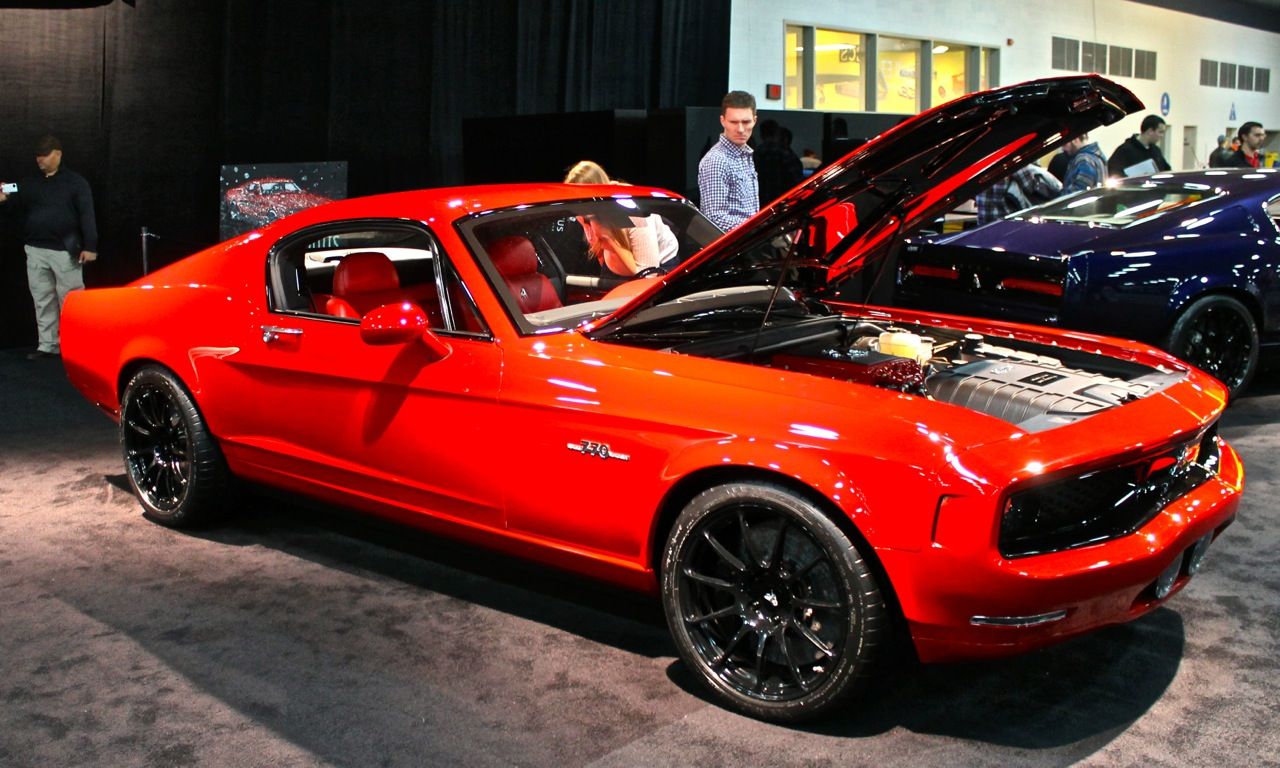
Via: American cars American Girls
Car and Driver rated the Bullitt Mustang, equipped with a 6.4-liter naturally aspirated V-8 with a respectable acceleration to 60 mph in 4.2 seconds and a top speed of 163 mph. However, the times for the 1960s muscle car pale in comparison to the Equus Bass 770.
A supercharged 6.2L LS9 V8 engine from the Chevrolet Corvette ZR1 powers the Equus. The engine develops 640 horsepower at 6,500 rpm, 605 lb-ft of torque at 3,800 rpm, and is coupled to a rear-mounted 6-speed dual-clutch transmission.
The Bass 770 accelerates from 0 to 100 km/h in a mere 3.4 seconds on its way to a top speed of 320 km/h (200 mph). All that power requires some efficient stopping power provided by Brembo carbon-ceramic brakes.
The engineers at Equus Automotive mounted the six-speed dual-clutch manual transmission in the rear to achieve an ideal weight distribution and improve handling. A Performance Traction Management and an Active Handling System, along with adjustable shock absorbers, maximize grip. The cornering is far superior to classic muscle cars that focus on performance in a straight line.
Handcrafted Retro-Style Interior
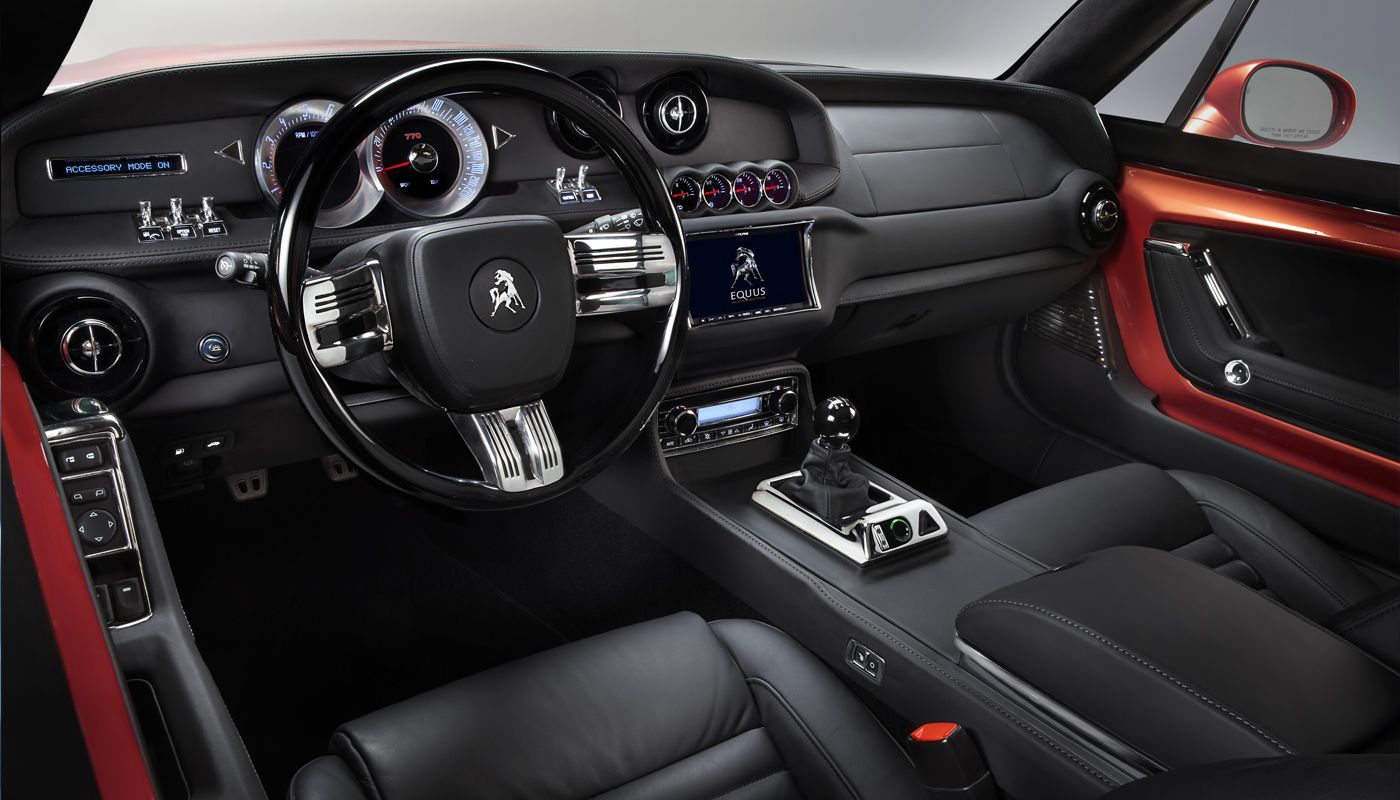
Via: equus-automotive.com
The interior of the Equus Bass 770 is a mixture of retro features and contemporary technology.
The cabin is wrapped in black leather (no Naugahyde found here) with the ceiling in Alcantara highlighted by bright metal accents. The steering wheel and the dash remind the driver, if he/she is old enough, of years gone by with the look of 1960’s-era instruments and controls.
However, the 770 is equipped with a touch screen, USB-connectivity, Bluetooth, and a satellite navigation system built into its leather-covered console.
Other modern features, absent in ‘60s muscle cars, are air-conditioning, radio with CD and DVD capability, GPS, cruise control, a tire pressure monitoring system, and safety features, including airbags.
Extras offered include chromed or colored brake calipers, interior and exterior black chrome, additional lamps, engine cover, and infotainment system enhancements.
Equus Bass Comparison to Modern Muscle Cars
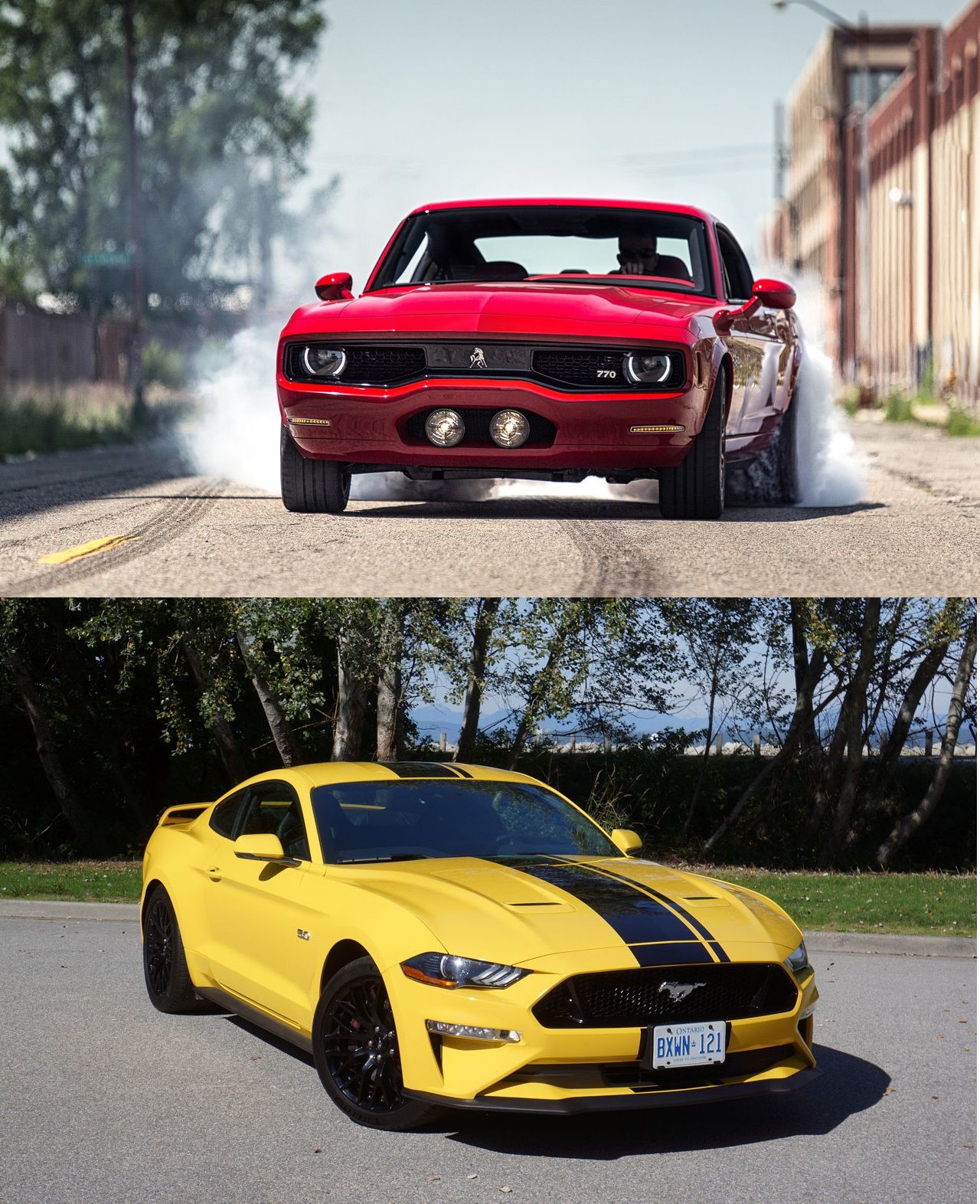
Via: equus-automotive.com, The Car Magazine
A comparison of modern-day muscle cars to the retro cars of the 1960s and ‘70s is usually a futile effort. Modern technology gives today’s muscle cars performance characteristics that are far superior to their ancestors. While the muscle cars of yesteryear were impressive for their time, the current array can run circles around them.
While the Equus Bass 770 is not actually a ‘60s muscle car retromodded to include modern features and technology, it looks like a 1968 Mustang, and it performs with the best 2020 models.
Car and Driver says “But, if you’re looking at a benchmark that accurately reflects how much a single model, such as the Ford Mustang, has improved over the past few years, you can’t go wrong with the old-fashioned zero-to-60-mph time. It’s easily relatable and comparable, unlike a skidpad number or a Nürburgring lap time.” The acceleration is also the standard measurement for comparing one model to another of the same year.
According to Edmunds, the top three 2020 muscle cars are the Ford Mustang Shelby GT500 with an acceleration of 0 to 60 mph in 3.4 seconds, the Dodge Challenger SRT Hellcat Redeye at 3.4 seconds, and the Chevy Camaro ZL1 at 4.0 seconds.
The Bass 770 at 3.4 seconds is as fast or faster than the top three 2020 muscle cars, and significantly quicker than the rest of the pack.
Is the Equus Worth 10 Used Sixth-Generation Ford Mustangs?
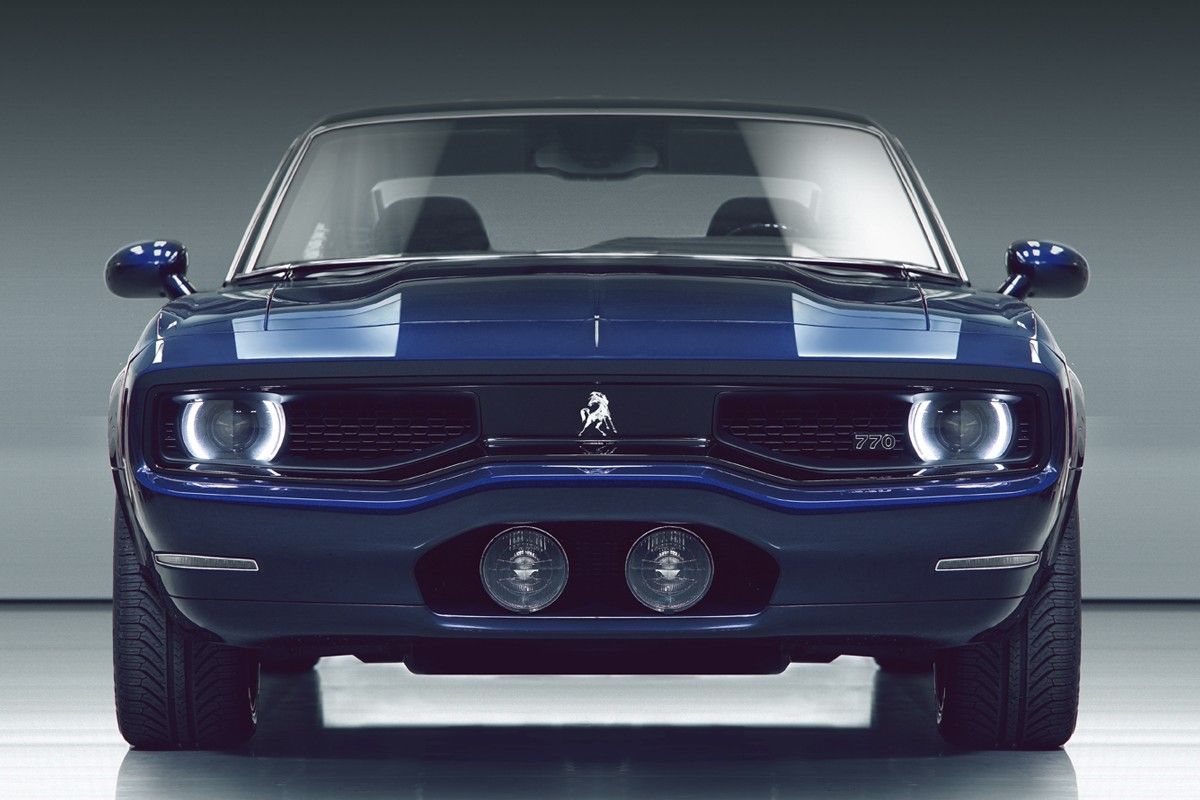
Via: New Atlas
The Equus Bass 770 sold in the price range of $230,000 to $250,000 when it was first released in 2014. It was a bit costly when compared to the $73,995 base price of a 2020 Mustang Shelby GT500. However, $250,000 was a bargain relative to the current Bass 770 base price of $534K.